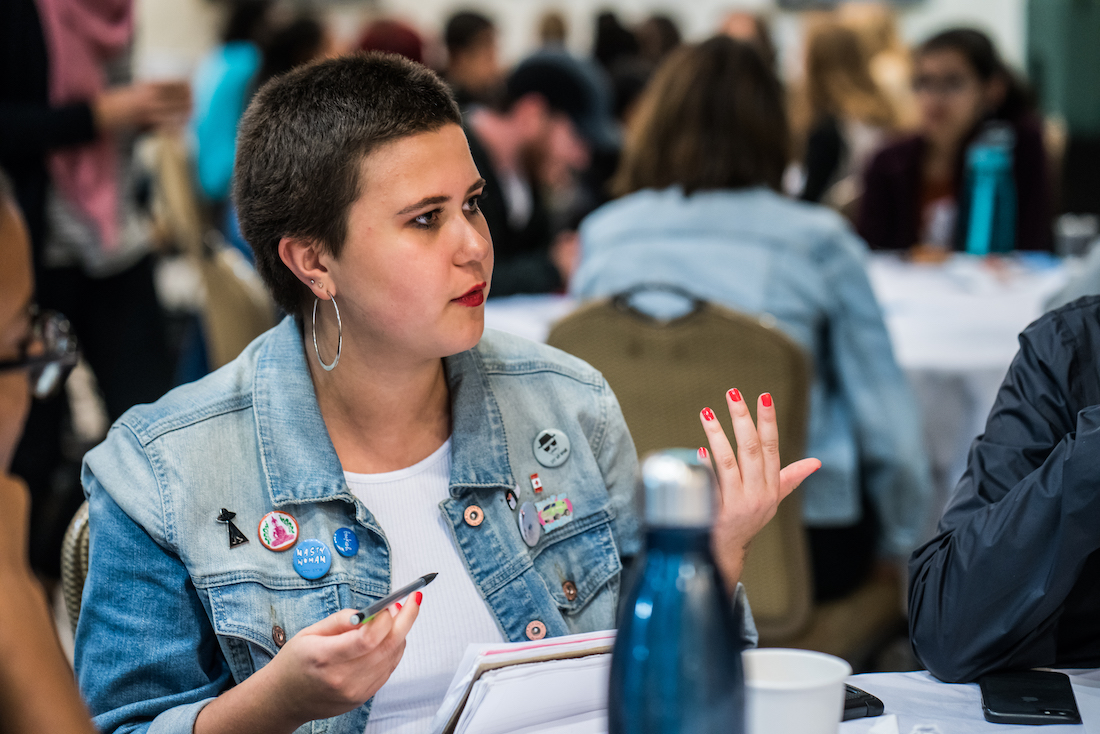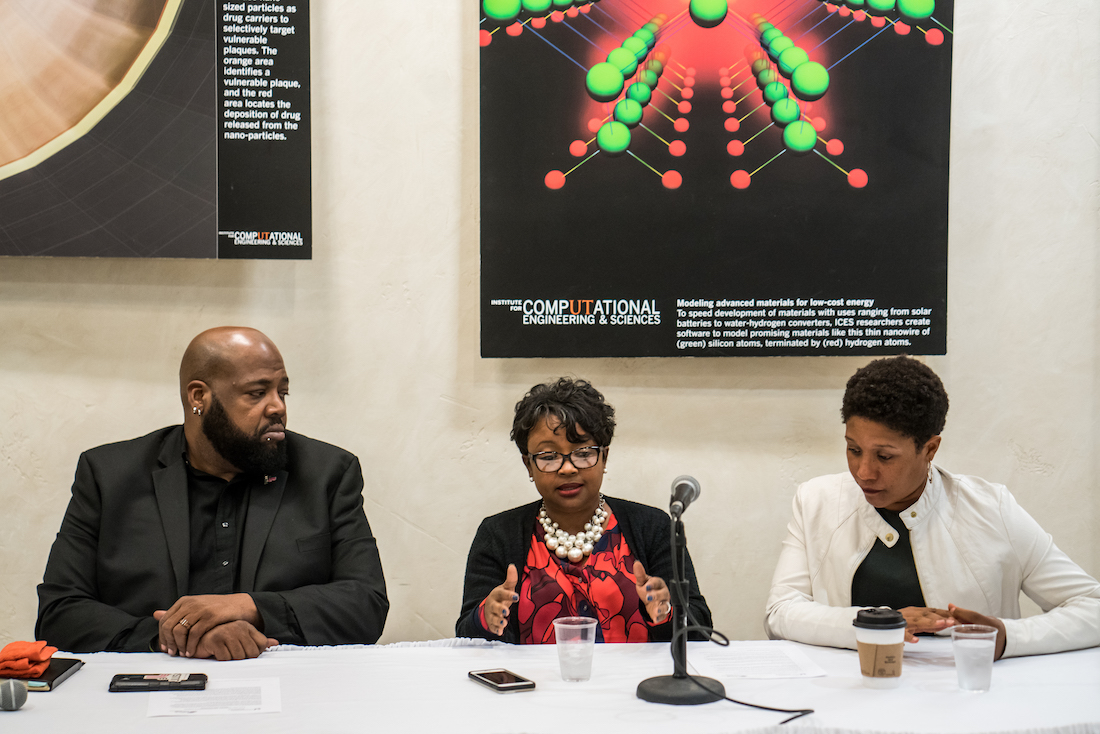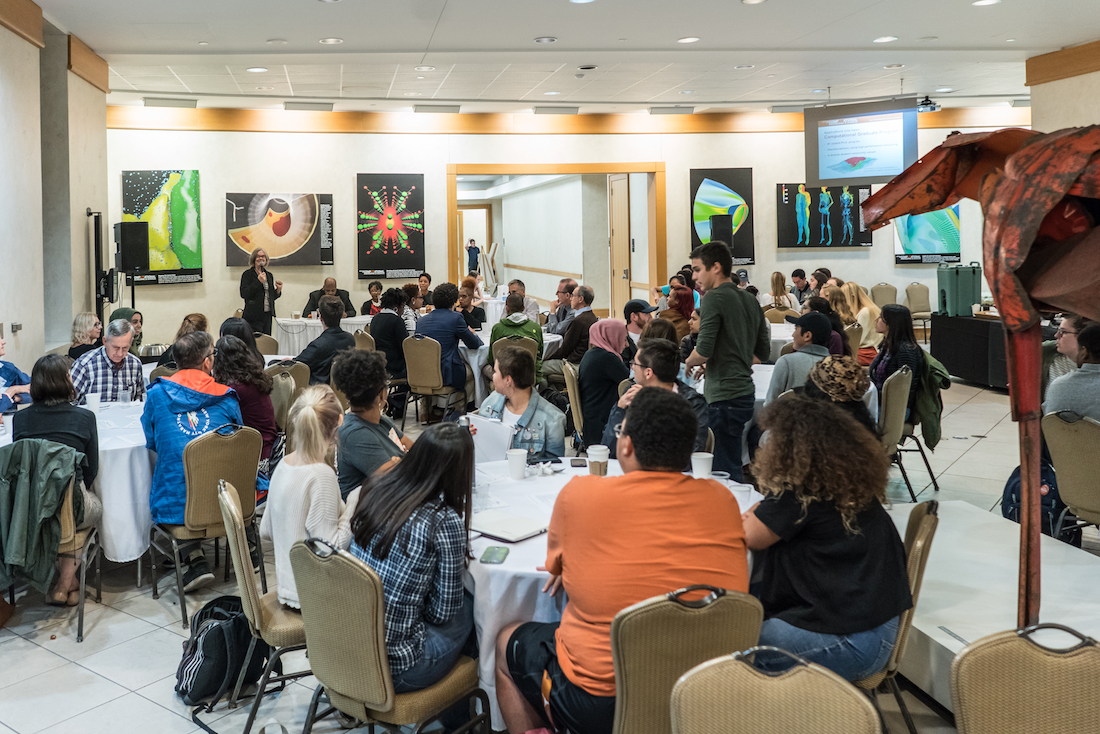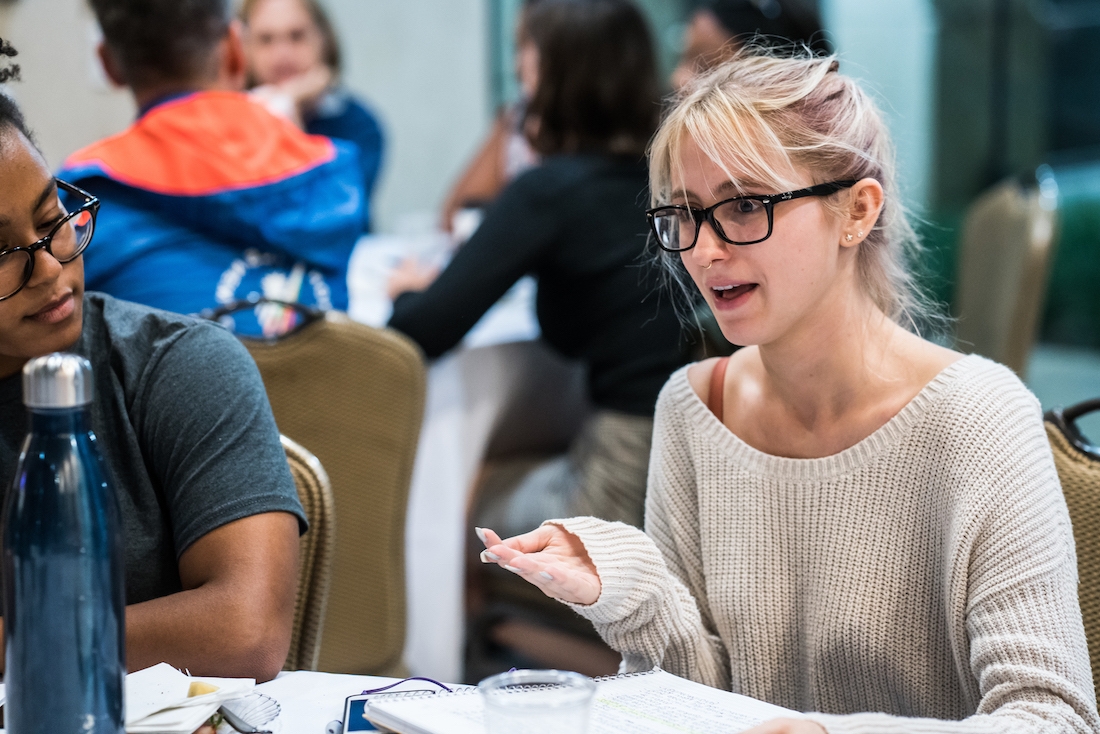Teaching Philosophy
The study of literature and culture garners forms of expression through which we can begin to make sense of the often-elusive structures and processes—socioeconomic, political, and aesthetic—that shape the way we experience the material realities in which we live. By furnishing this language, literary and cultural studies enable us to articulate new narratives, to recognize the narratives that already inform our actions and beliefs, and to adapt them to changing circumstances. When I teach, then, I ask my students to think critically about what narrative is; and when its familiar forms break down, to rearticulate their understanding of the properties and functions of narrative form. By calling attention to the elements that structure or undermine the structures of a text, I aim to have my students expand what they find to be legible—that is, what they’re able to hear and perceive, as well as what they’re able to speak.
“[This course] really made me look at ‘wild,’ the use of language and the study of literature in general in a different way. I had never thought of language in relation to space. I also liked how you challenged the claims we made and our assumptions to make us more conscious of our arguments & thought processes. ”
Toward this end, I include texts in my course syllabi that upset students’ generic expectations—texts, for example, that lack a familiar plot structure or introduce experimental literary elements. In an introductory seminar I taught at Duke, students read contemporary global literature such as Amos Tutuola’s My Life in the Bush of Ghosts alongside traditional Western novels such as Joseph Conrad’s Heart of Darkness. In spite of the diversity of the students’ backgrounds, almost all of them expressed more confidence in their ability to understand a novel such as Heart of Darkness because it told a story that had easily identifiable turning points and recognizable characters and themes. Conversely, when my students read Tutuola, they expressed bewilderment by the novel’s seeming lack of narrative structure. In response, I asked my students to identify and briefly describe on sticky notes three moments in Tutuola’s novel that struck them, for whatever reason, and to work collaboratively to arrange their notes on the classroom wall, using thread to visualize connections. Following this exercise, I led a class discussion in which students considered how and why they identify meaningful events and, more importantly, how their discomfort at the disruption of that familiar process of identification might itself be constructive, allowing them to up-anchor their cultural expectations of what stories look like. Reflecting back on Tutuola, they discovered that the impossible temporality to which they had objected actually reproduced the real time of haunting, dislocation and historical trauma.




The question of legibility that narrative, as I teach it, underscores is furthermore central to practicing a pedagogy informed by queer, feminist, and anti-racist thought. Lauren Berlant reminds us that gender is a genre that must be intelligible to others. Stories that challenge generic expectations can, then, surely remediate expectations surrounding identity categories. I therefore employ a pedagogy that seeks to challenge standards of legibility historically determined along gender and racial lines. In my recent English major capstone course, I introduced my students to Leslie Fiedler’s “Amateur Criticism,” an essay that calls on critics to write in the same spirit as the literary rather than in the objective voice the sciences. Alongside Fiedler’s essay, I taught more recent scholarship that has revised the model of amateur criticism, which lays bare the prohibitive criteria of legitimacy, so as to bring the ideas of women, people of color, and the LGTBQ community to the forefront. These readings set the foundation for the second half of the course, which surveyed autotheory, including Maggie Nelson’s The Argonauts and Claudia Rankine’s Citizen. These texts serve as models for the possibilities of criticism to bridge experiential knowledge and intellectual engagement, possibilities that English majors explored in their capstone projects. One student wrote on colorism in Alice Walker’s “Everyday Use,” interrupting her analysis with footnoted autotheoretical reflections on her identity as a light-skinned black woman to disclose how the novel shaped her insight into her own relative privilege. Another student, writing about Turkish censorship of stories of the Armenian genocide, punctuated her scholarly research with audio recorded oral histories from family members who had survived it, illustrating the need for scholarship on buried histories to create its own archive. With my continued mentorship, students in this course presented their work at university-level and national conferences; one student won a prize for Best Writing at our annual academic festival and published her article in SHU Scholar, a journal of student research. When teaching academic research and writing, I bid my students to consider their scholarship as also a form of play—even where the stakes are high—that enlists them in intellectual community, one in which they can begin collectively remaking the structures they inherit.
“Dr. Callahan’s class was the first English course I took at UT, and it definitely was a really positive experience. It was both constructive and gave me confidence in continuing to take English courses in the future. She was always very flexible for her students and made a point to provide thorough, quality feedback. My writing improved over the semester and the small class size was very conducive to discussion – nobody was scared out of speaking. I would really like to take another course with Dr. Callahan in the future, since this was my favorite class this semester.”
Along these same lines, I use digital technology to better enable a collaborative approach to analysis and to prompt students to experiment with alternative and hybrid modes of representation. In my African American Literature and Culture Course at the University of Texas at Austin, students completed an assignment that asked them to digitally curate a set of items from the Harry Ransom Center’s African American Studies holdings, and then to write and digitally publish a narrative explaining their choices using WordPress. This kind of CMS allows students to categorize their narratives and tag them with key words, automatically mapping thematic connections between individual students’ work. The resulting record promotes the discovery of unexpected correlations between projects and a re-imagining of course themes. For example, clicking on the tag “black masculinity” will bring up student essays on All-Negro Comics (1947) and also on 1960s photographs of black queer culture. Students writing on the comic showed that the publication’s hero detective challenges the racist narrative of black men as uneducated, criminal and financially dependent; while a student writing on the photographs argued that the photos defy the imagery in All-Negro Comics of black heteronormative masculinity and show that black people were central actors in shaping today’s LGBTQ+ community. This project brought home to students the way texts talk to each other in the present to navigate and negotiate space for those on the margins. I supported students’ archival research by introducing readings on the role that narrative plays in addressing the epistemological and ethical problems of a fragmented black archive. For example, students read Octavia Butler’s Kindred alongside excerpts from Saidiya Hartman’s Scenes of Subjection, both of which meditate on the limits and opportunities of scarce historical records. My students took away from this lesson that archival resources exist in many kinds of places—not only in university repositories but also in community libraries and cultural centers, architectural landscapes, and family photo albums.
“Prof. Callahan facilitated a very interesting course on A.A. lit. The project at the end was creative – she led the archives/visits in such a way that a creative project was possible. ”
The above assignments and activities are examples of the collaborative learning environment I work to foster as a teacher. I aim to bring the ethical stakes of literary studies to the foreground by asking students both to engage with what is not immediately intelligible to them and to push past safe readings by instead taking informed risks in how they read, write, and think.
On the Gallery Images
In the fall 2017, I organized a Difficult Dialogues Public Forum on race and incarceration in the U.S. featuring speakers Lewis Conway, the Criminal Justice Organizer at Grassroots Leadership, Dr. Courtney Robinson, Founder of the Excellence and Advancement Foundation, and Dr. Christen Smith, Associate Professor of African and African Diaspora Studies and Anthropology at the University of Texas at Austin. Students from my African American Literature & Culture course attended.